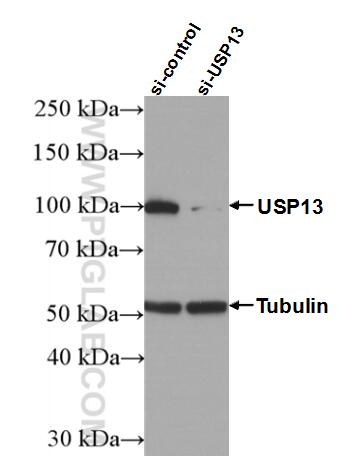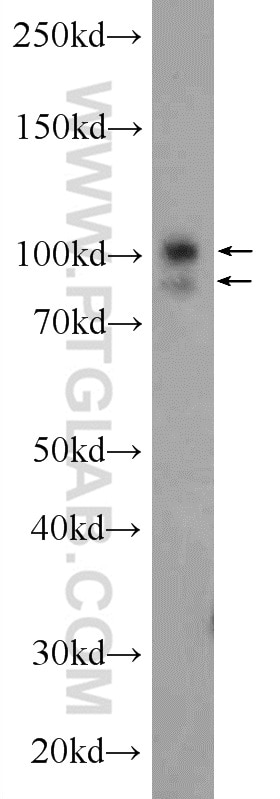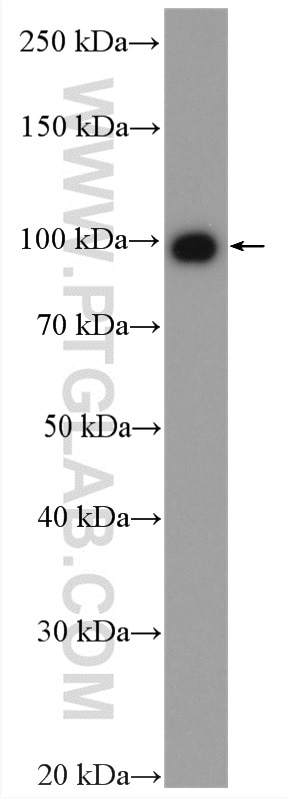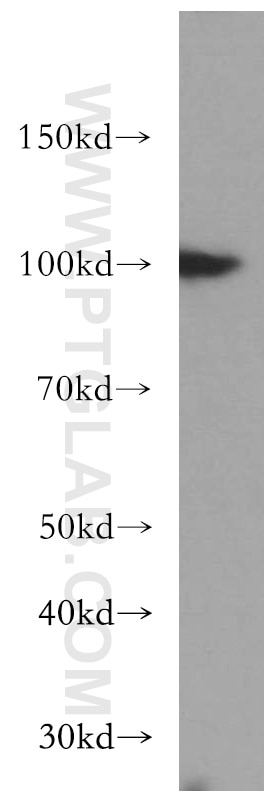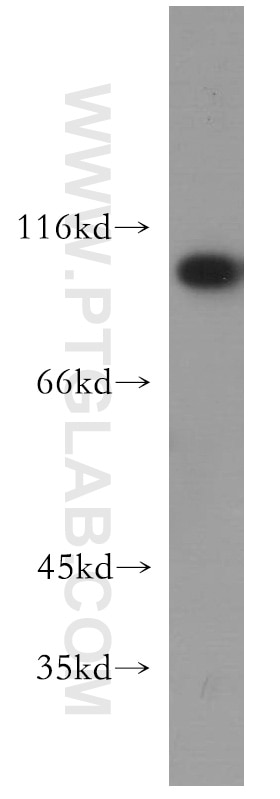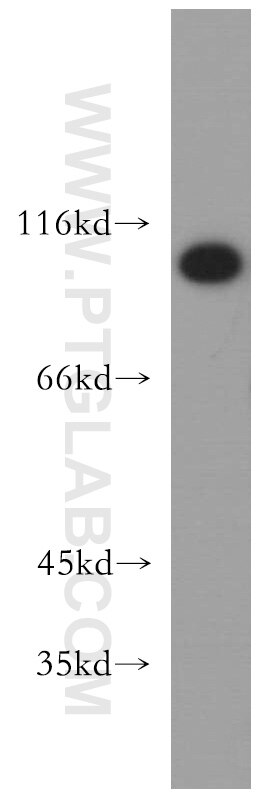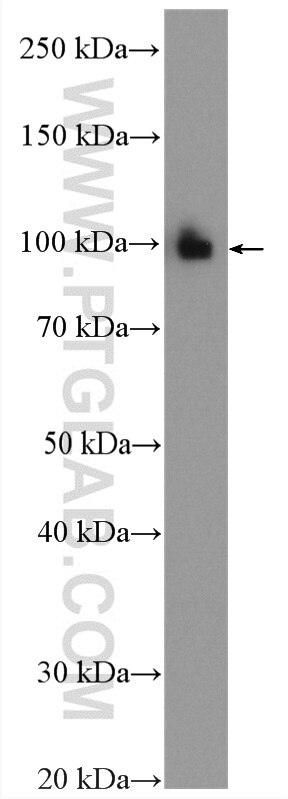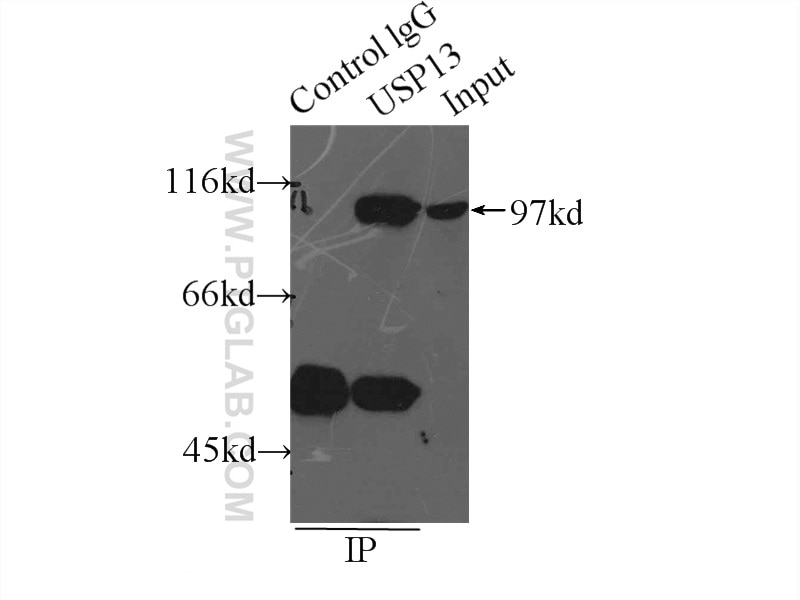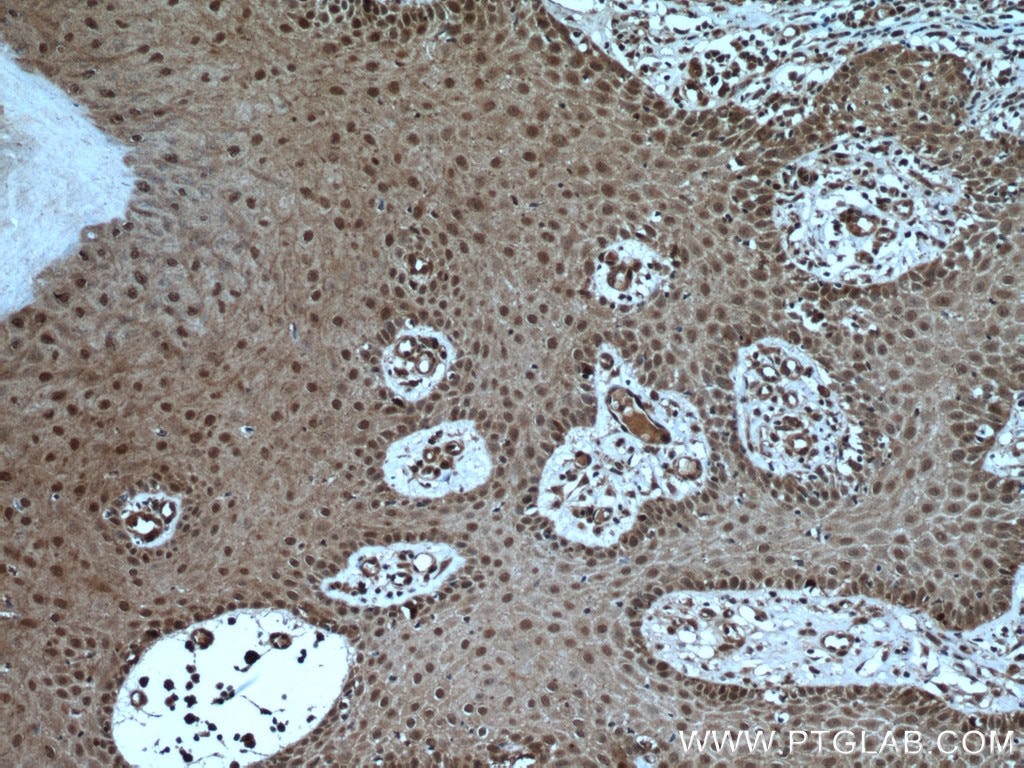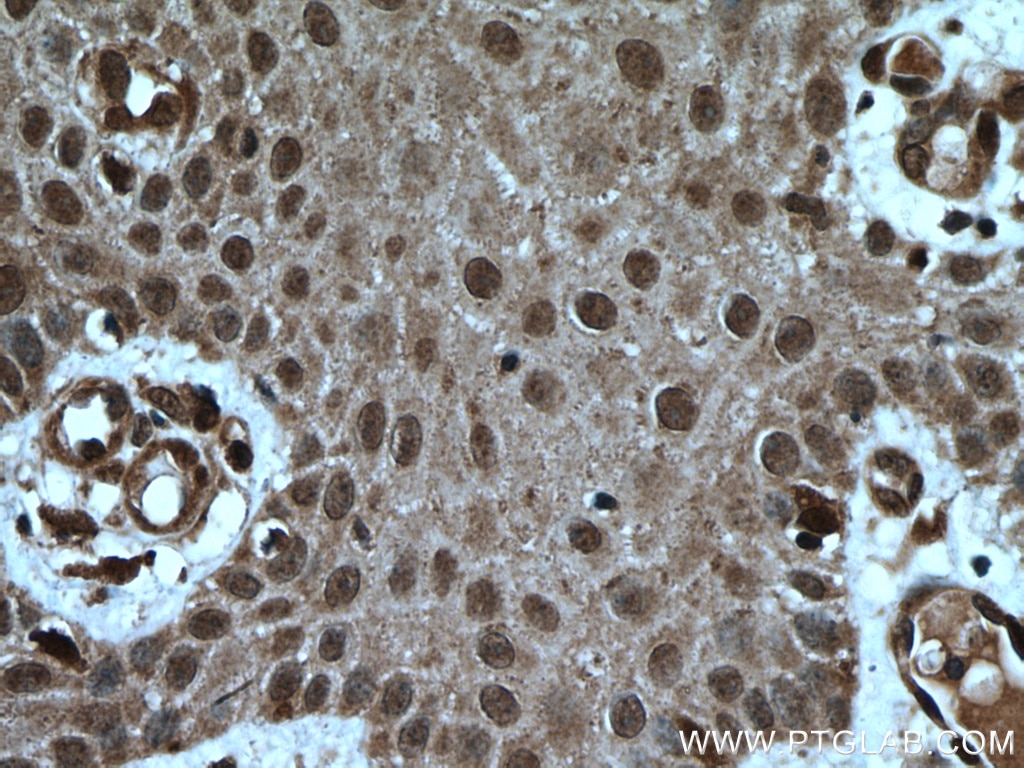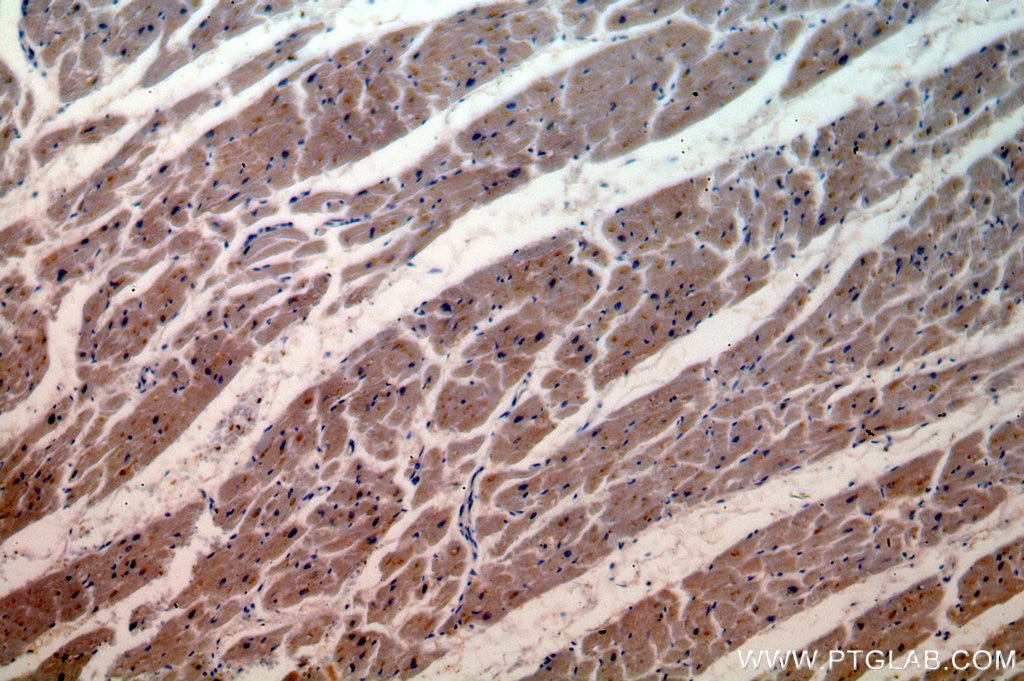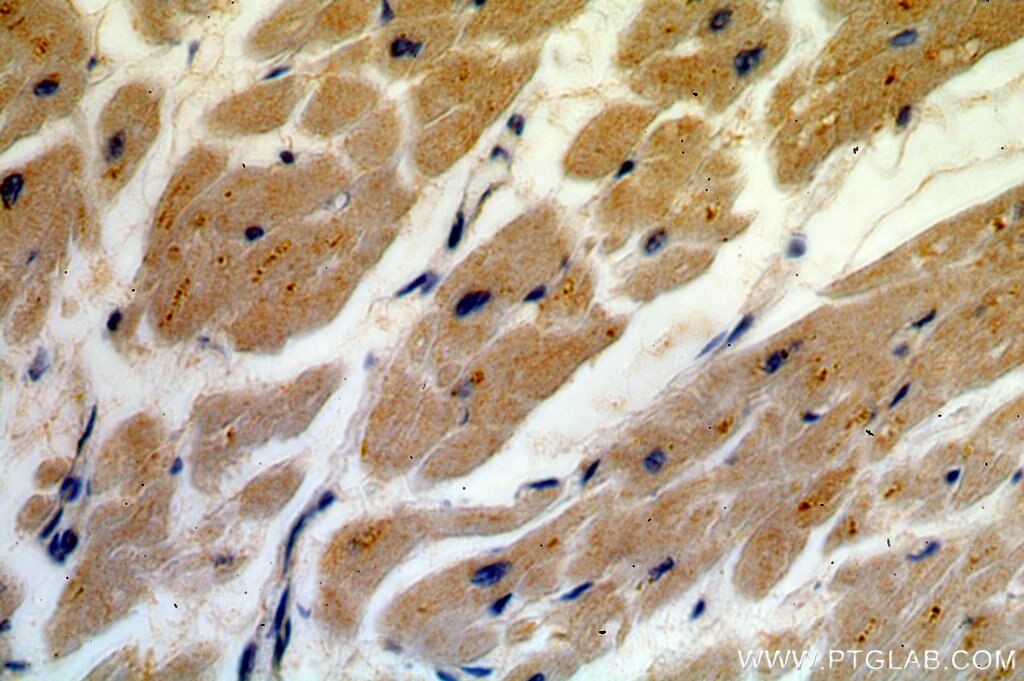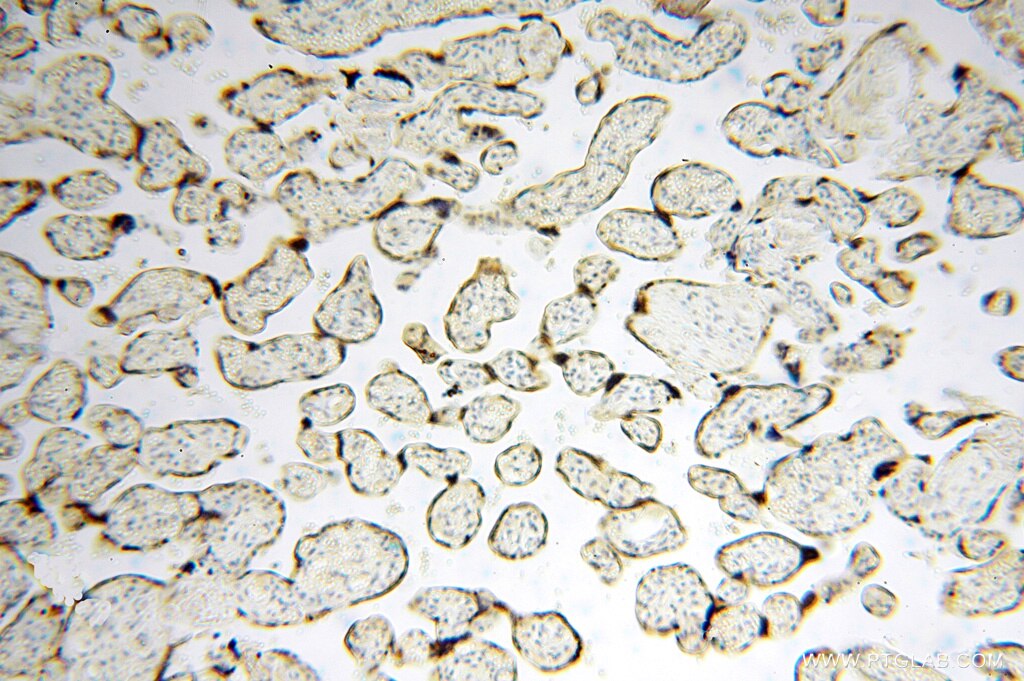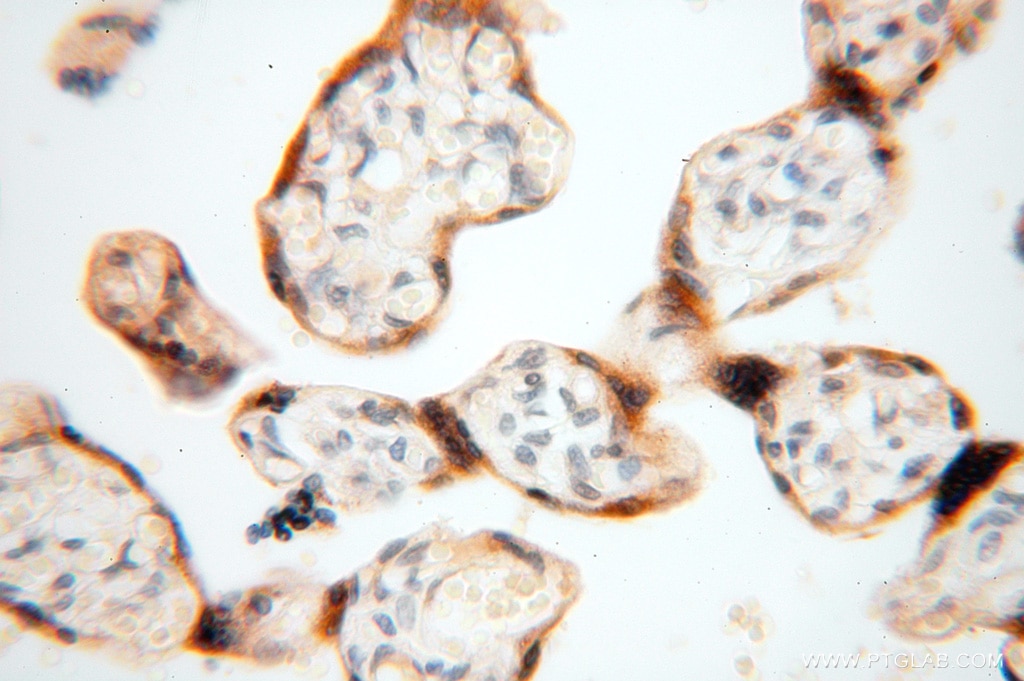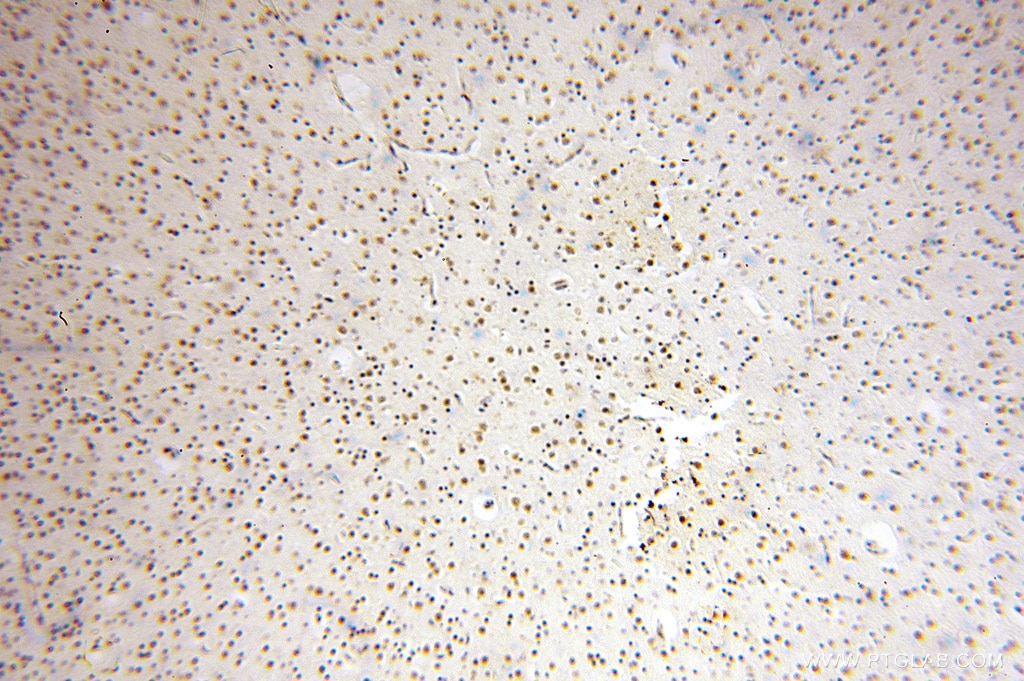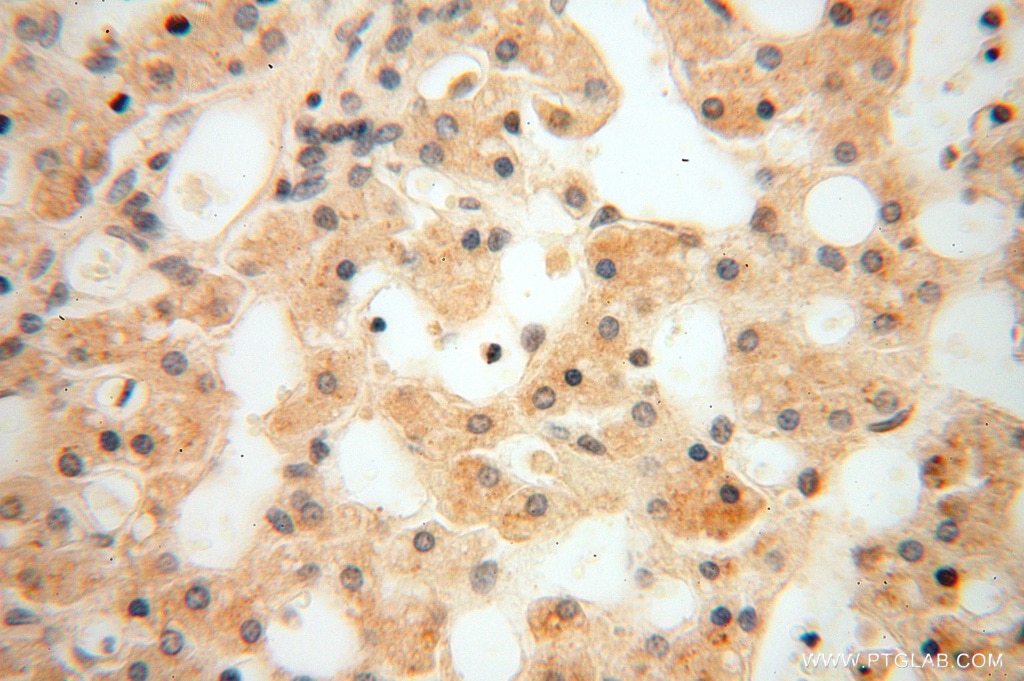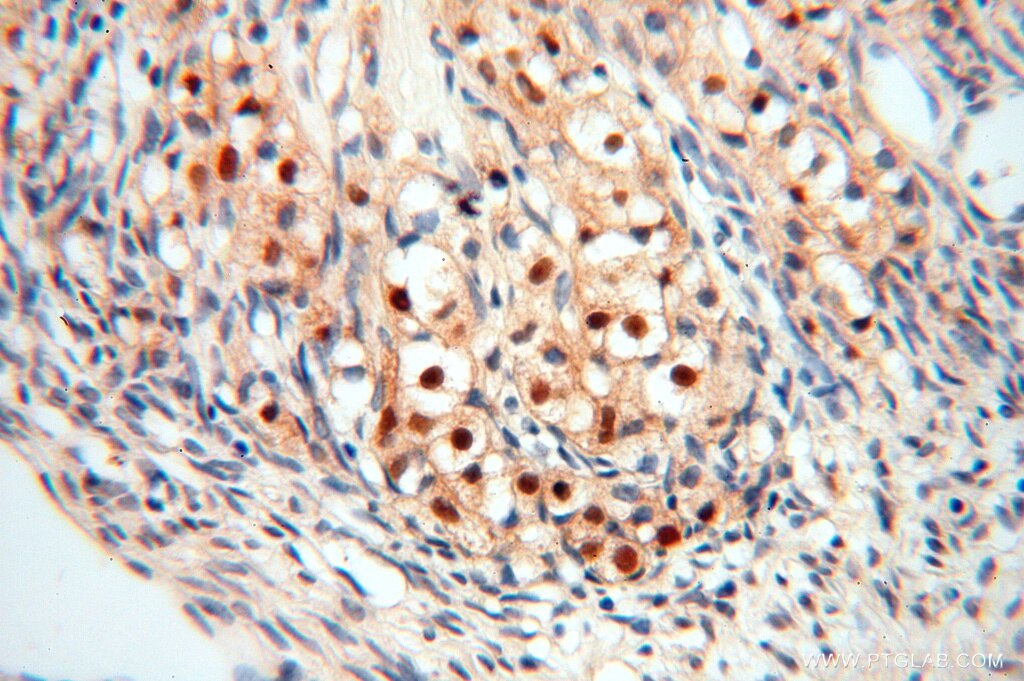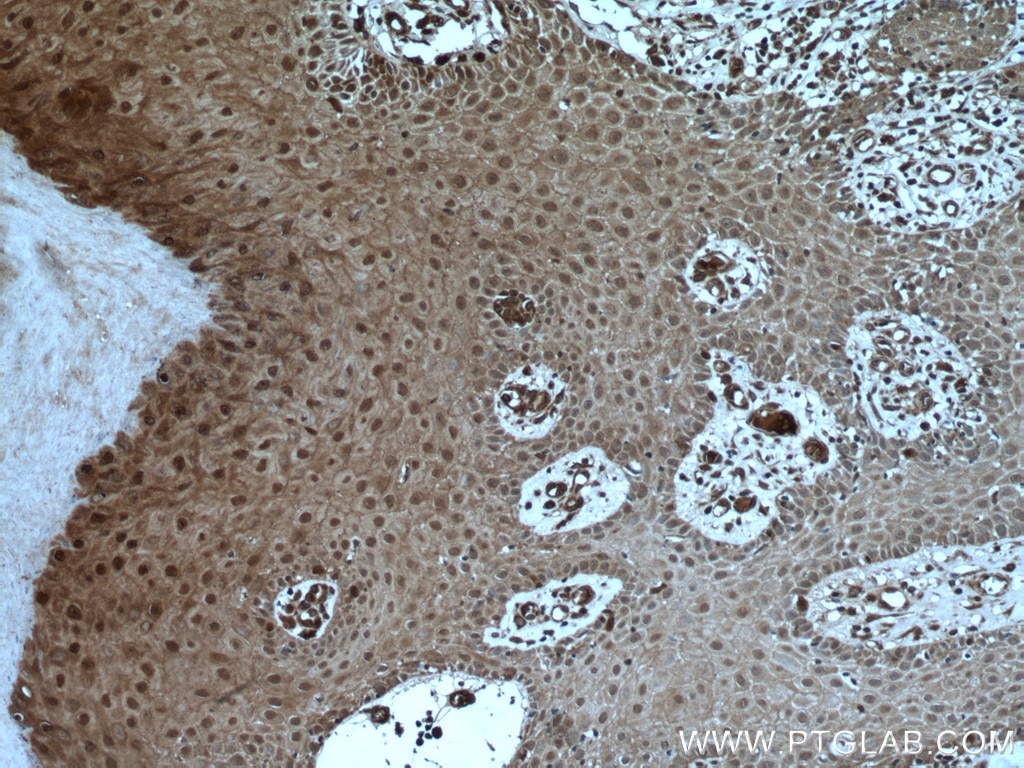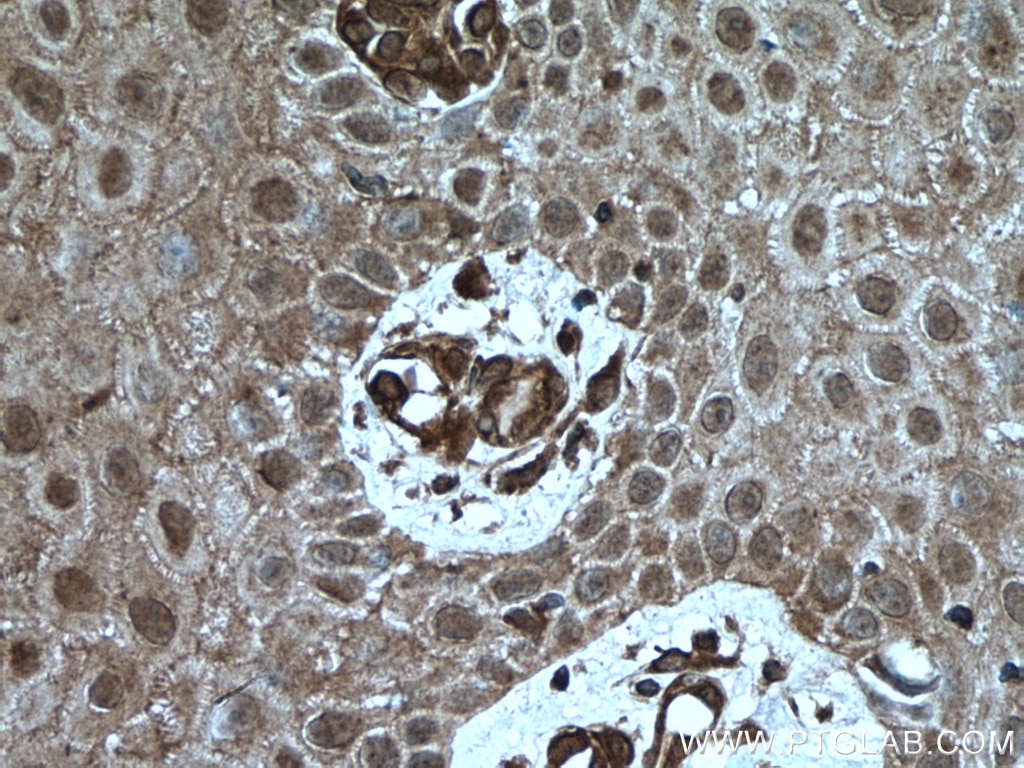Validation Data Gallery
Tested Applications
| Positive WB detected in | HeLa cells, mouse testis tissue, A375 cells, HEK-293 cells, rat testis tissue, PC-3 cells |
| Positive IP detected in | HeLa cells |
| Positive IHC detected in | human skin cancer tissue, human brain tissue, human heart tissue, human liver tissue, human ovary tissue, human placenta tissue, human testis tissue Note: suggested antigen retrieval with TE buffer pH 9.0; (*) Alternatively, antigen retrieval may be performed with citrate buffer pH 6.0 |
| Positive IF/ICC detected in | HeLa cells |
Recommended dilution
| Application | Dilution |
|---|---|
| Western Blot (WB) | WB : 1:1000-1:6000 |
| Immunoprecipitation (IP) | IP : 0.5-4.0 ug for 1.0-3.0 mg of total protein lysate |
| Immunohistochemistry (IHC) | IHC : 1:50-1:500 |
| Immunofluorescence (IF)/ICC | IF/ICC : 1:200-1:800 |
| It is recommended that this reagent should be titrated in each testing system to obtain optimal results. | |
| Sample-dependent, Check data in validation data gallery. | |
Published Applications
| KD/KO | See 6 publications below |
| WB | See 19 publications below |
| IHC | See 3 publications below |
| IF | See 3 publications below |
| IP | See 2 publications below |
| CoIP | See 3 publications below |
Product Information
16840-1-AP targets USP13 in WB, IHC, IF/ICC, IP, CoIP, ELISA applications and shows reactivity with human, mouse, rat samples.
| Tested Reactivity | human, mouse, rat |
| Cited Reactivity | human, mouse, rat |
| Host / Isotype | Rabbit / IgG |
| Class | Polyclonal |
| Type | Antibody |
| Immunogen |
CatNo: Ag10527 Product name: Recombinant human USP13 protein Source: e coli.-derived, PGEX-4T Tag: GST Domain: 515-863 aa of BC016146 Sequence: IAYELTRREAEANRRPLPELVRAKIPFSACLQAFSEPENVDDFWSSALQAKSAGVKTSRFASFPEYLVVQIKKFTFGLDWVPKKFDVSIDMPDLLDINHLRARGLQPGEEELPDISPPIVIPDDSKDRLMNQLIDPSDIDESSVMQLAEMGFPLEACRKAVYFTGNMGAEVAFNWIIVHMEEPDFAEPLTMPGYGGAASAGASVFGASGLDNQPPEEIVAIITSMGFQRNQAIQALRATNNNLERALDWIFSHPEFEEDSDFVIEMENNANANIISEAKPEGPRVKDGSGTYELFAFISHMGTSTMSGHYICHIKKEGRWVIYNDHKVCASERPPKDLGYMYFYRRIPS 相同性解析による交差性が予測される生物種 |
| Full Name | ubiquitin specific peptidase 13 (isopeptidase T-3) |
| Calculated molecular weight | 863 aa, 97 kDa |
| Observed molecular weight | 97-100 kDa |
| GenBank accession number | BC016146 |
| Gene Symbol | USP13 |
| Gene ID (NCBI) | 8975 |
| RRID | AB_2214569 |
| Conjugate | Unconjugated |
| Form | |
| Form | Liquid |
| Purification Method | Antigen affinity purification |
| UNIPROT ID | Q92995 |
| Storage Buffer | PBS with 0.02% sodium azide and 50% glycerol{{ptg:BufferTemp}}7.3 |
| Storage Conditions | Store at -20°C. Stable for one year after shipment. Aliquoting is unnecessary for -20oC storage. |
Background Information
USP13(Ubiquitin carboxyl-terminal hydrolase 13) is also named as ISOT3 and belongs to the peptidase C19 family. It is involved in ubiquitin-dependent protein catabolism. USP13 is responsible for MITF deubiquitination, utilizing a short hairpin RNA library against known deubiquitinating enzymes. This protein has 2 isoforms produced by alternative splicing.
Protocols
| Product Specific Protocols | |
|---|---|
| IF protocol for USP13 antibody 16840-1-AP | Download protocol |
| IHC protocol for USP13 antibody 16840-1-AP | Download protocol |
| IP protocol for USP13 antibody 16840-1-AP | Download protocol |
| WB protocol for USP13 antibody 16840-1-AP | Download protocol |
| Standard Protocols | |
|---|---|
| Click here to view our Standard Protocols |
Publications
| Species | Application | Title |
|---|---|---|
EBioMedicine The deubiquitinase USP13 stabilizes the anti-inflammatory receptor IL-1R8/Sigirr to suppress lung inflammation.
| ||
Transl Res Deubiquitinase USP13 promotes extracellular matrix expression by stabilizing Smad4 in lung fibroblast cells.
| ||
J Cell Biol Degradation of HK2 by chaperone-mediated autophagy promotes metabolic catastrophe and cell death. | ||
Oncogene USP13 deubiquitinates and stabilizes cyclin D1 to promote gastric cancer cell cycle progression and cell proliferation
| ||
J Cell Physiol Lipopolysaccharide reduces USP13 stability through c-Jun N-terminal kinase activation in Kupffer cells. |


